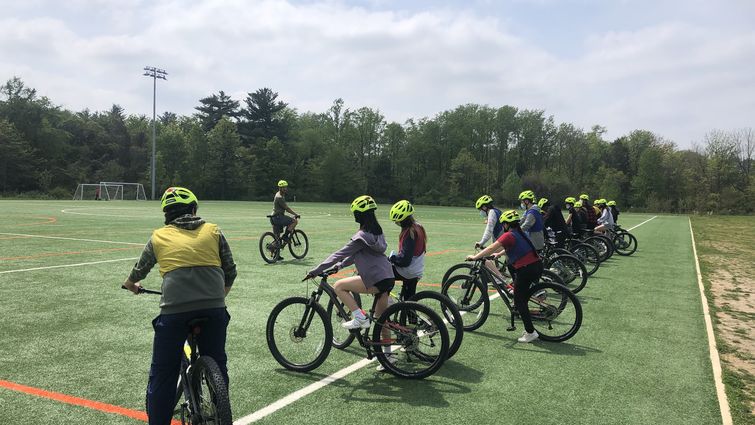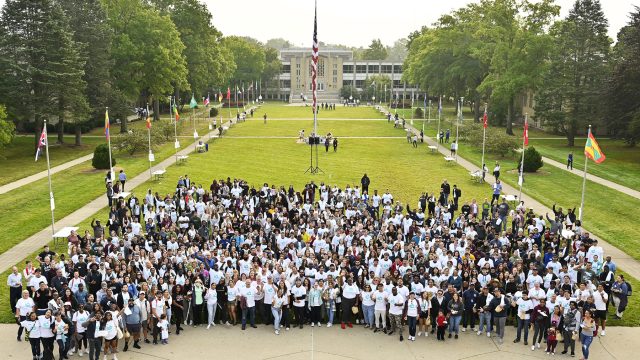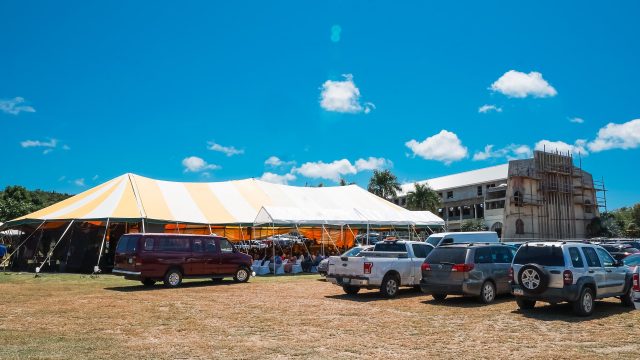Loma Linda University researchers find a significant connection.

Teenagers’ mental health is receiving a welcome boost from in-school cycling programs, according to a recent study conducted by Loma Linda University researchers. The study, involving more than 1,200 middle schoolers, found that engaging in these types of programs was associated with improved psychosocial well-being.
Mental well-being is a growing concern, with the prevalence of mental health disorders among school children on the rise. In the U.S., one in six school-aged children is diagnosed with some form of mental disorder, making it imperative to explore effective ways to support their mental health.
The study assessed the impact of in-school cycling programs on middle schoolers’ psychosocial well-being. Outride, a not-for-profit organization, partners with schools — including two San Bernardino schools, Curtis Middle School, and Cesar Chavez Middle School — to provide cycling programs through its “Riding for Focus” (R4F) program, which equips students with cycling knowledge and experience and introduces them to physical activity.
Middle school students aged 11 to 14 participated in the program and completed pre- and post-program surveys measuring their current mental well-being and psychological functioning. The results were promising, indicating that participation in the cycling program during the COVID-19 pandemic was linked to improved psychosocial well-being among the students.
“It was really encouraging to see such a positive student response to a cycling-specific physical education program,” said Fletcher Dementyev, first author of the study and undergraduate research fellow at Loma Linda University School of Medicine Center for Health Disparities and Molecular Medicine. “This motivates us, and hopefully others, to continue investigating and developing cycling as a pathway to improved health and well-being in adolescents.”
The study also brings attention to the influence of broader social factors on teenagers’ well-being pre- and post-program participation. “We focused on a number of key risk factors that affect mental health and well-being in middle school-aged children in the U.S., including socio-economic status, gender, and race,” said Sean Wilson, senior author and professor of basic sciences in the Lawrence D. Longo Center for Perinatal Biology at Loma Linda University School of Medicine.
The authors also pointed to limitations of their study, one being a study population that is different from the countrywide student population. “This means that our results, though insightful, aren’t fully reflective of the national youth physical education context,” Dementyev said. “We see this study as the beginning of a national dialogue surrounding investment in cycling education and its potential returns.”
The original version of this story was posted on the Loma Linda University Health news site.








